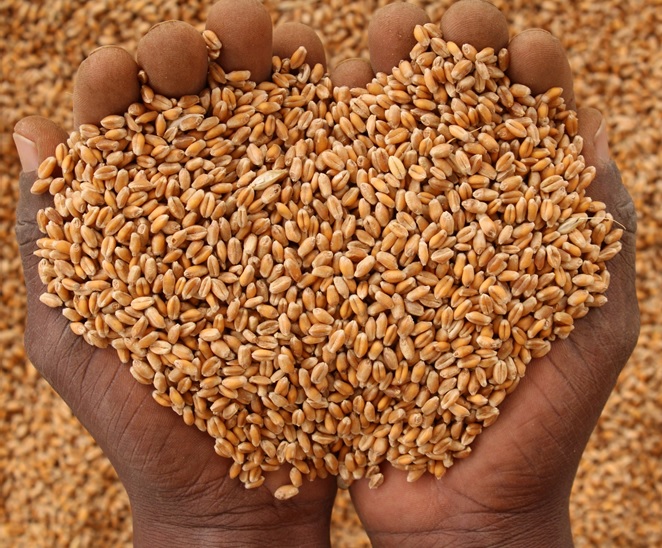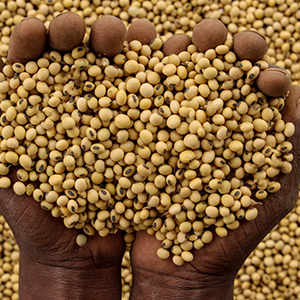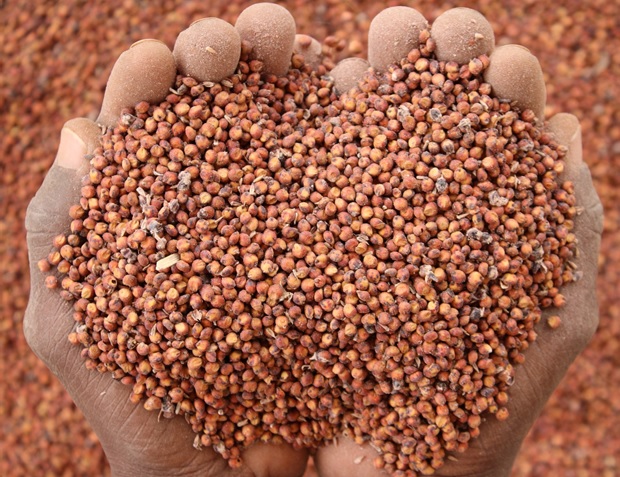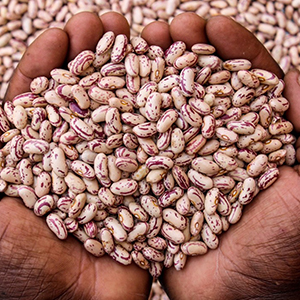Farming is a business & as such every farmer should strive to understand every aspect of farming that can increase the return per dollar invested & as such lead to higher profitability. The soil is one of the most basic resources required for crop production. It is the most commonly used growing medium in which crops grow. Its two main roles are to supply nutrients & water to growing plants. Soil analysis plays a pivotal role in understanding the exact condition of the soil & it tells us what we need to correct it.
Soil analysis insures that:
- The pH level, an important indicator of the soil conditions (acidity or alkalinity) is corrected.
- The nutrient level (both macro & micro) are understood & to insure that the correct type, amount & quantity of fertilizer is applied.
Farmers are encouraged to test soils & condition their fields accordingly, well in time before the onset of the next season or before establish any crop. The best time to do soil sampling is in winter or after harvesting the summer crop. Doing soil sampling early insures that farmers get ample time to get results & correct the soil before the onset of the next season.
When analyzing the soil for pH the Calcium chloride scale is used. Soils that are said to be acidic have a pH of less than 7 on the scale.. Soils that have a value that is greater than 7 are said to be alkaline, while soils with a pH of 7 are said to be neutral. The Calcium chloride scale measures the alkalinity or acidity of the soil on a scale of (0 – 14). The type & amount of lime is based on soil analysis results.
Soil acidity is basically caused the three things:
- Rainfall leaching nutrients such as calcium & magnesium beyond the root zone,
- The application of nitrogen fertilizers, through a process which releases hydrogen ions into the soil (AN & UREA).
- As a result of harvested crops removing nutrients like calcium and magnesium from the soil, replacing them with acidic elements like hydrogen.
The acidity of the soil may result in the following undesirable results that work against the thrust towards increased productivity:
- Affects phosphorous availability, hence affecting root growth for established crops affecting crop growth.
- It increases elements like aluminium & manganese to levels that a toxic to crops.
- Acidic soils affect the availability of micronutrients in the soil thereby affecting crop growth.
- It affects beneficial micro-organisms found in the soil (bacteria and fungi for nitrification).
- The physical condition of the soil is affected by soil acidity resulting in crusting/capping.
- It affects the effective use of agrochemicals like herbicides.
When conducting soil sampling the sample area must be divided into blocks. The blocks will be dependent on the visible variations of the soils / soil type. For example sandy soil, clay soils or sandy loamy soils, Farmers should avoid sampling on ant hills as this will give bias & distort the result of the whole block. Generally, a block of 10 -20 ha is considered ideal. However block sizes can be even smaller if the soils are quite variable. In a given sampling block farmers should aim to collect a significant number of samples in order to get a true representation of the soil condition. The average number of sites per block can be 10-20. The sampling depth should be guided by the tillage layer which is the depth in which the roots will extract nutrients & water, this is usually about 20 -30 cm.
The sampling methods that are commonly used are the zig zag, random and the cross diagonal. The tools used when taking samples are augers, probes, hoes or even shovels. Samples from different sites in a block are mixed thoroughly & bagged into a khaki pocket or clean plastic and labelled CLEARLY, a tag can be placed inside the sample. The volume of soil that constitutes a sample is between 1- 1.5 kg. Once this is done the next step is to take the samples to reputable labs for analysis, these include the Ministry of Agriculture’s department of research, Fertilizer companies, Research station like Tobacco Research board, Private labs like Ecofarmer/Cassava, Zim labs, Aglabs & Universities.
 Zimbabwe
Zimbabwe Seed Co Group
Seed Co Group Botswana
Botswana Kenya
Kenya Malawi
Malawi Nigeria
Nigeria Tanzania
Tanzania South Africa
South Africa West & Central Africa
West & Central Africa Zambia
Zambia




